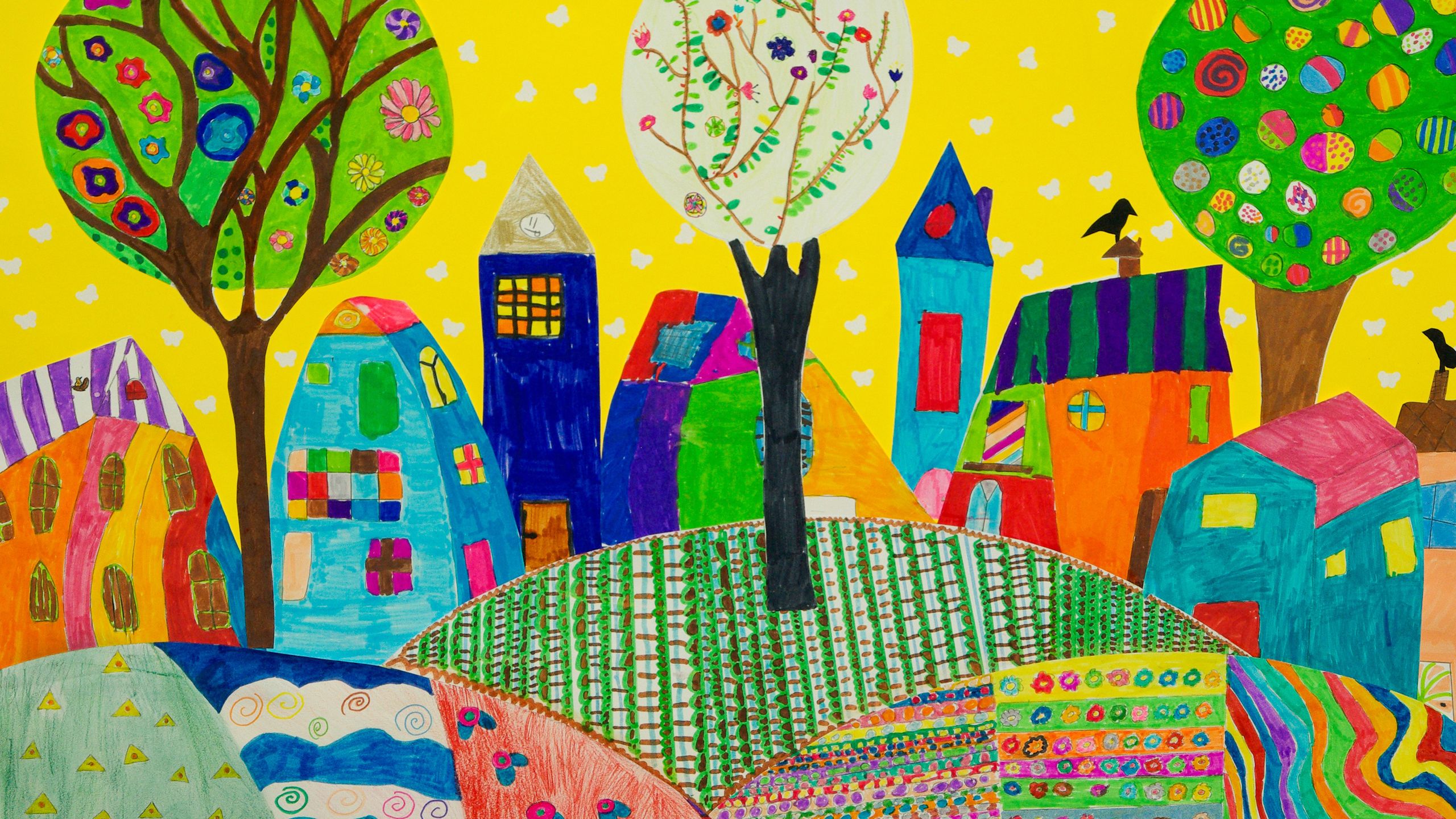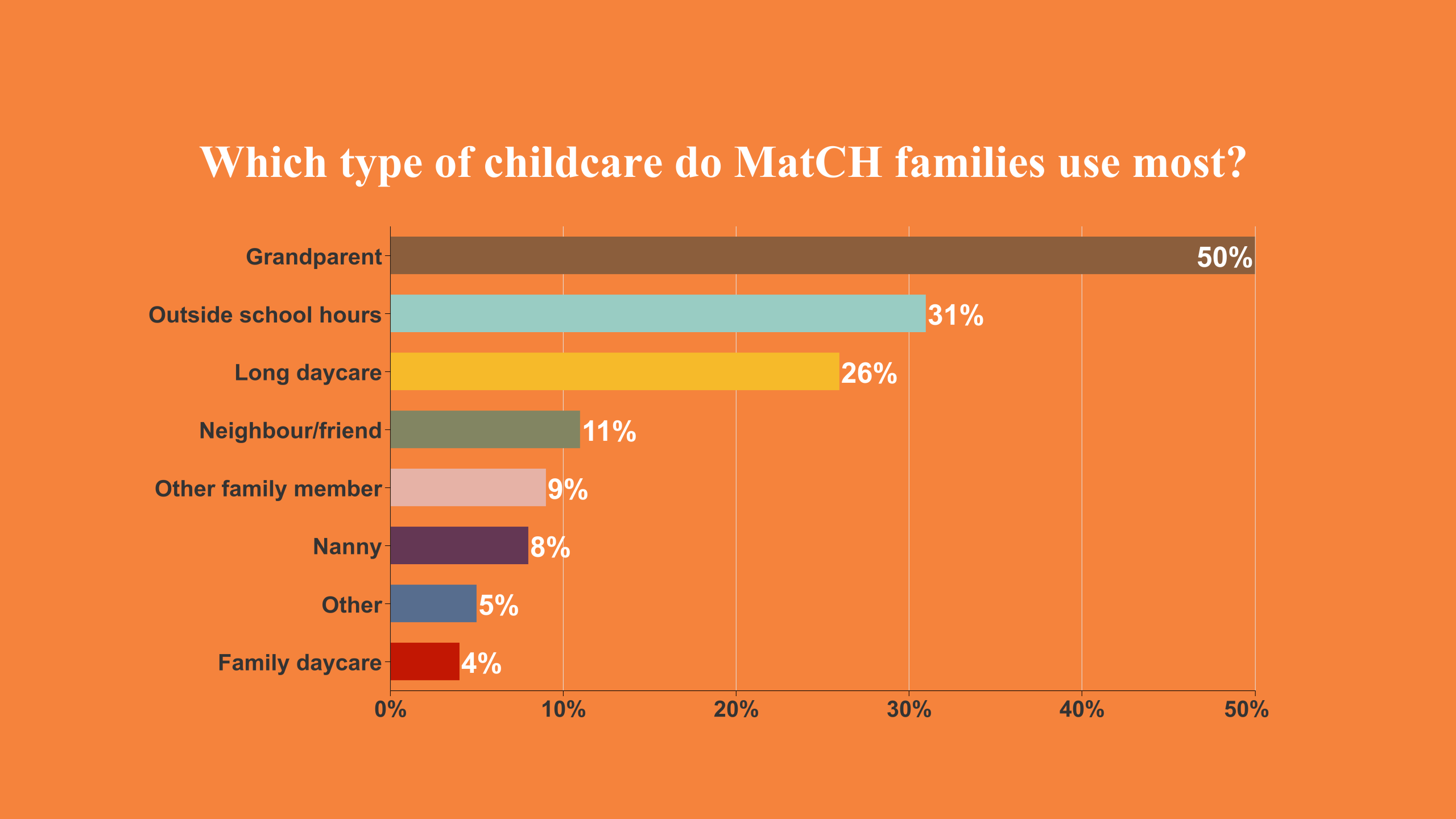2018 MatCH Update

Welcome to your update on the Mothers and their Children's Health (MatCH) study.
Thank you for being a part of the Mothers and their Children's Health study. Your data, and your children's, is helping to reveal the relationships between children, their mothers, and their environments.
2018 was a busy year as researchers from the University of Queensland and University of Newcastle got to work analysing your survey responses. 2019 is set to be a big year for publications with researchers getting ready to publish their findings on a diverse range of topics including:
- Breastfeeding
- Childhood asthma
- Healthy and unhealthy eating
- The impact of maternal mental health on children's health and behaviour
- Children's play spaces and exercise
Your data is already contributing to Australia’s health policy direction. Data and research outcomes from the MatCH study were part of a submission to the 2018 Senate Inquiry into the Obesity Epidemic in Australia made by the Australian Longitudinal Study on Women's Health. Maintaining a healthy weight is important for our health, and our children’s but it is a challenge in our society. We are looking forward to seeing the report’s recommendations implemented.
We would like to leave you with a look at how MatCH families are using childcare. Support networks are an essential part of raising children. Your data tells us that it is important for families to have options – from formal childcare and after school care to informal networks of family and friends.

It takes a village
to raise a child.
Here's yours...


In a typical week,
49% of MatCH kids
are cared for by someone other
than you or your partner.

The most popular type of care for MatCH families is grandparents, followed by outside school hours, then long daycare.


The type of care changes by age.
More younger children are in formal care such as long daycare, a nanny, or family daycare. About 40% of younger children are cared for by grandparents.
Older kids also use formal care (outside school hours). But, more older kids are cared for informally by grandparents, friends and other family members.


The village helping to care for MatCH kids is a diverse one. Even though MatCH families use many different types of care, most kids (64%) are in one type of care. But, 29% use two types and 7% use three or more types of care. This data suggests families need choices so they can find the care that works best for them.


Have Questions? Contact Us
If you have questions about the Mothers and their Children's Health (MatCH) study you can:
- Visit www.alswh.org.au/match
- Phone 1800 068 081 (free call)
- Email info@alswh.org.au

